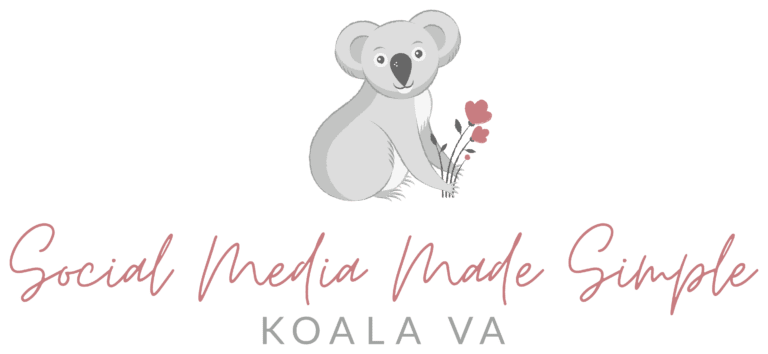Ever spent way too long crafting an Instagram post, hit “publish,” and then… nothing? A handful of likes (mostly from other therapists), no real engagement, and definitely no enquiries from potential clients.
If that sounds familiar, you’re not alone. So many therapists struggle with social media because they focus on what to say, without thinking about how to get people to actually read it.
And that’s where hooks come in.
A strong hook is the difference between a post that gets lost in the feed and one that stops someone in their tracks. It’s not about tricking people into engaging, it’s about making sure your message gets seen by the people who need it most.
But here’s the problem…
Why Most Therapists Struggle to Create Engaging Content
Therapists are naturally great communicators.
You spend your days holding space, asking the right questions, and guiding your clients toward breakthroughs.
But when it comes to marketing your private practice, it’s easy to fall into a few common traps:
- You start your posts like an essay instead of a conversation. Many therapists open their captions with a long-winded intro, meaning their ideal clients scroll past before they get to the good stuff.
- You assume people will keep reading because your content is valuable. No matter how insightful or helpful your post is, if the first few words don’t grab attention, no one will see it.
- You feel like ‘hooking’ people sounds salesy. Maybe you’re worried about being too ‘clickbaity’ or that starting with a strong hook makes your content feel inauthentic. But in reality, hooks are just the way human brains process information. Your audience’s attention is being pulled in a million directions on social media, so if you don’t give them a reason to stop, they won’t.
The Psychology of Hooks: Why They Work
Your dream clients aren’t ignoring your posts because they don’t care! They’re just overwhelmed with content.
Research suggests the average person scrolls through 300 feet of social media content per day (that’s the height of the Statue of Liberty!).
To cut through the noise, your content needs to trigger curiosity, emotion, or self-recognition – all things a great hook can do in just a few words.
A good hook:
✅ Sparks curiosity (e.g., “Most people approach anxiety the wrong way – are you?”)
✅ Highlights a struggle (e.g., “Tired of overthinking everything? Here’s how to break the cycle.”)
✅ Feels personal and relatable (e.g., “If you’ve ever replayed a conversation in your head 100 times, you’re not alone.”)
✅ Challenges assumptions (e.g., “You don’t need to feel ‘ready’ to set a boundary – here’s what actually helps.”)
When you start a post with something that makes people feel seen, intrigued, or eager to learn more, they’re far more likely to read the rest, and engage.
Common Misconceptions About Using Hooks
If you’re new to thinking about hooks strategically, you might be wondering…
- “But I don’t want to sound clickbait-y.”
Clickbait is when a headline promises something shocking or misleading, only for the content to be a letdown. A great hook, on the other hand, delivers on its promise by leading into valuable, relevant content. - “I don’t want to ‘trick’ people into engaging with my content.”
You’re not tricking anyone! You’re simply helping your ideal clients notice content that is already valuable to them. If your post can help someone feel validated, learn something new, or take an action that improves their life, why wouldn’t you want to make sure they read it? - “I just want to be authentic.”
Guess what? Hooks aren’t about being inauthentic! They’re about being intentional. If you believe in what you’re sharing, using a hook helps your message reach more of the right people.
How to Start Using Hooks in Your Content
Ready to give your posts the attention they deserve? Here’s where to start:
- Check your last five posts. Did the first sentence make you want to keep reading? If not, how could you rework them to be more engaging?
- Experiment with different hook styles. Try a question hook (“Struggling to stop overthinking? Here’s why it’s so hard.”) one day, then a problem-solution hook (“Tired of feeling exhausted after spending time with your in-laws? Try this one small shift.”) the next.
- Stop stressing over what to write! I’ve already done the hard work for you.
I put together a resource with 100 plug-and-play hooks designed specifically for therapists. No more second-guessing how to start a post or wondering why no one is engaging. Just clear, effective ways to get your content seen.
Grab the free plug-and-play templates: 100 Social Media Hooks for Therapists and start creating posts that attract your ideal clients.
